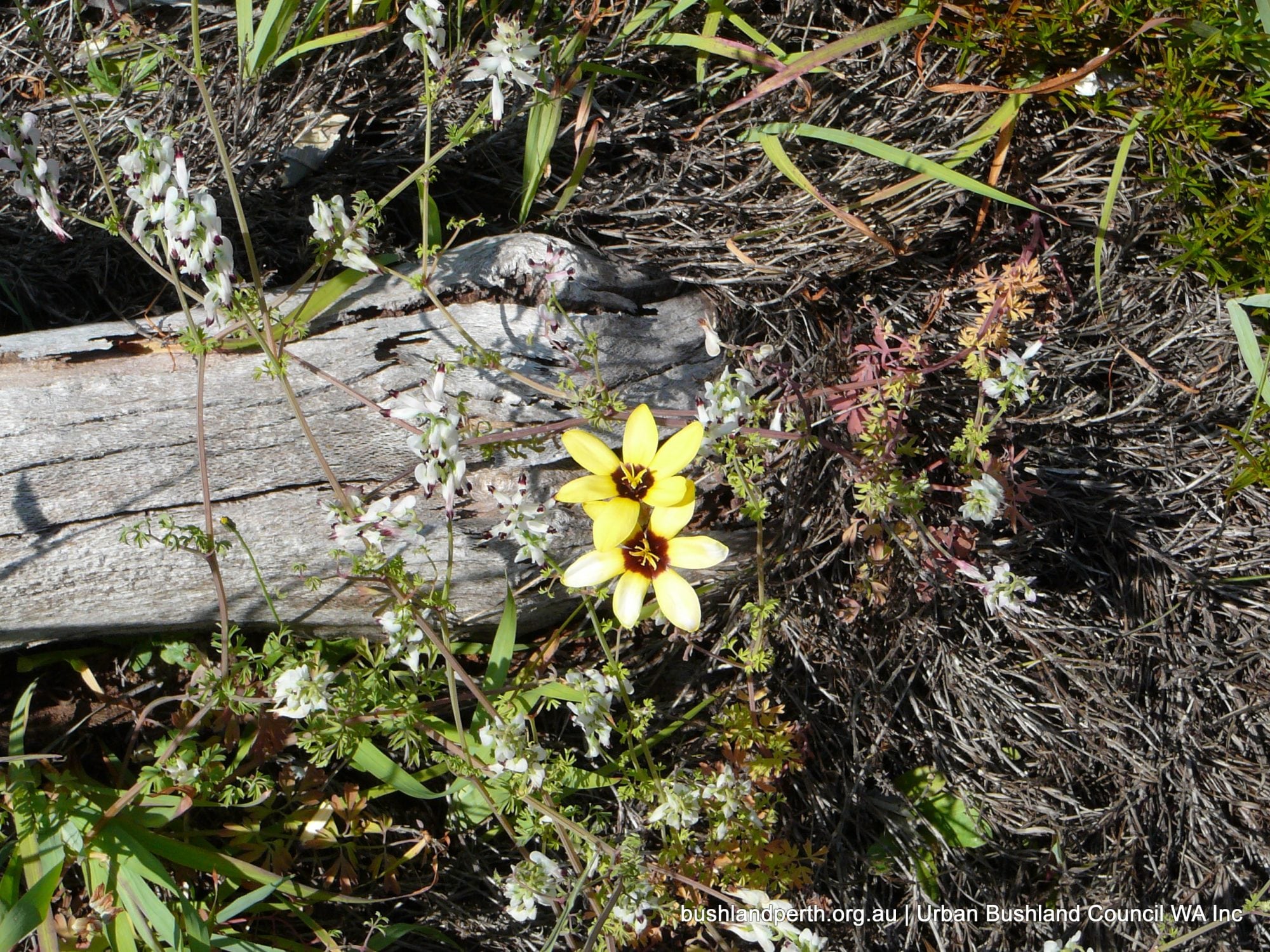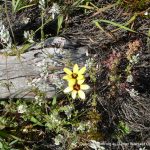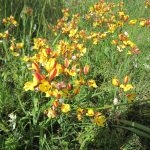Yellow Ixia

Common name
Yellow Ixia
Scientific Name
Ixia maculata
Type of plant
Bulbs or Corms
About this weed
Yellow Ixia is another South African perennial herb that has escaped from gardens. Like the gladiolus, Ixias reproduce by corms and seeds, but unlike the gladiolus seed which is mainly dispersed by wind, the Ixia corms and seeds are then transported by water or soil into urban bushland. They often hybridise which does make it difficult to ascribe to a particular species.
Description
Ixias can grow to 1 m high and produce masses of compact spikes of yellow, orange or purple flowers during late winter and early spring. The corms are renewed annually and reproduction is by cormels on stolons and seed then dispersal by water and soil. The seedbank persists for up to 5 years. Generally Ixias will survive fire.
Impact on Bushland
If left Ixias will spread over bushland and impact on native plant communities. When introduced into urban bushland they can grow rapidly and become quite locally dominant.
Location
Found on lateritic loam, grey sand, sandy clay and granite in the South-West Province from Perth to Albany. They prefer disturbed areas and road verges.
Priority for removal
High: major threat to the conservation values of Banksia woodlands and South-West Province.
Management (hand)
Not available.
Management (herbicide)
Spot spray metsulfuron methyl 0.2 g/15 L + Pulse® (or 2.5 – 5g /ha + Pulse®) or 2,2 DPA 5 g/L+ Pulse®. Apply just on flowering at corm exhaustion. Optimum months for spraying are July, August and September.
Flowering month/s
August, September, October
Flower colour/s
Yellow, Purple, Orange
Information source
https://florabase.dpaw.wa.gov.au/browse/profile/1532
Additional information
https://florabase.dpaw.wa.gov.au/weeds/swanweeds/
Hussey, B.M.J., Keighery, G.J., Dodd, J., Lloyd, S.G. and Cousens, R.D. (2007) Western weeds. A guide to the weeds of Western Australia, Second Edition, The Weeds Society of Western Australia, Victoria Park, Western Australia.


